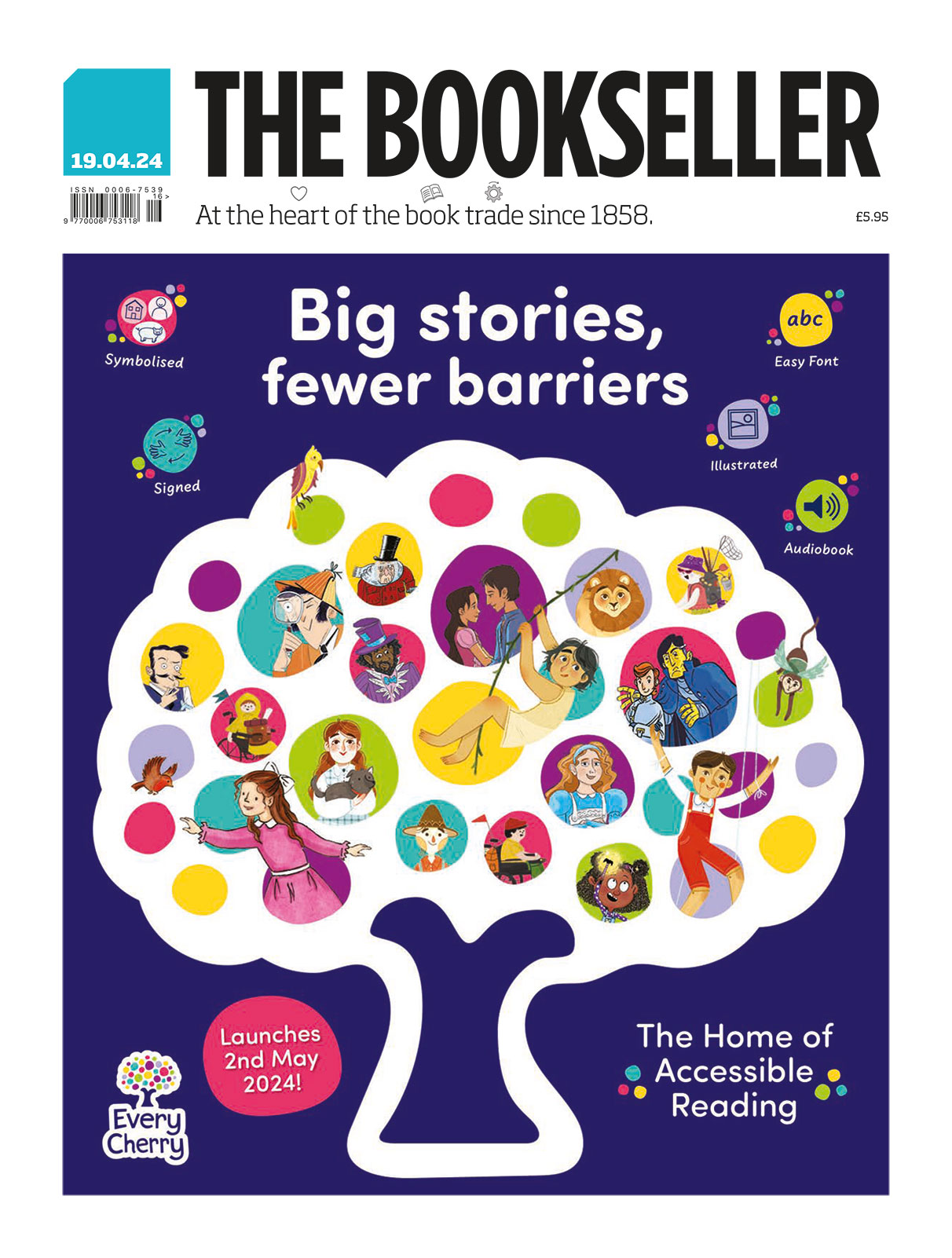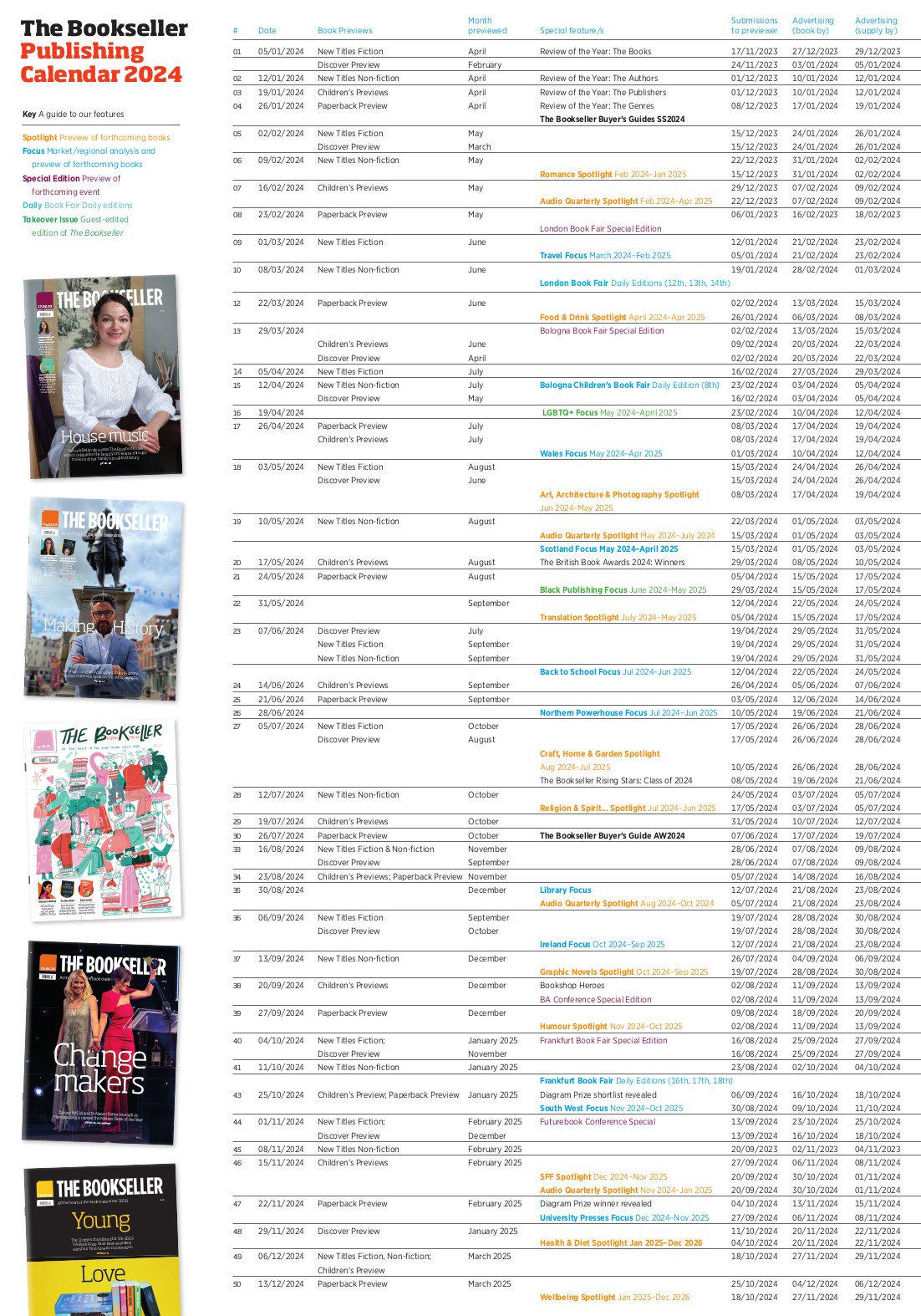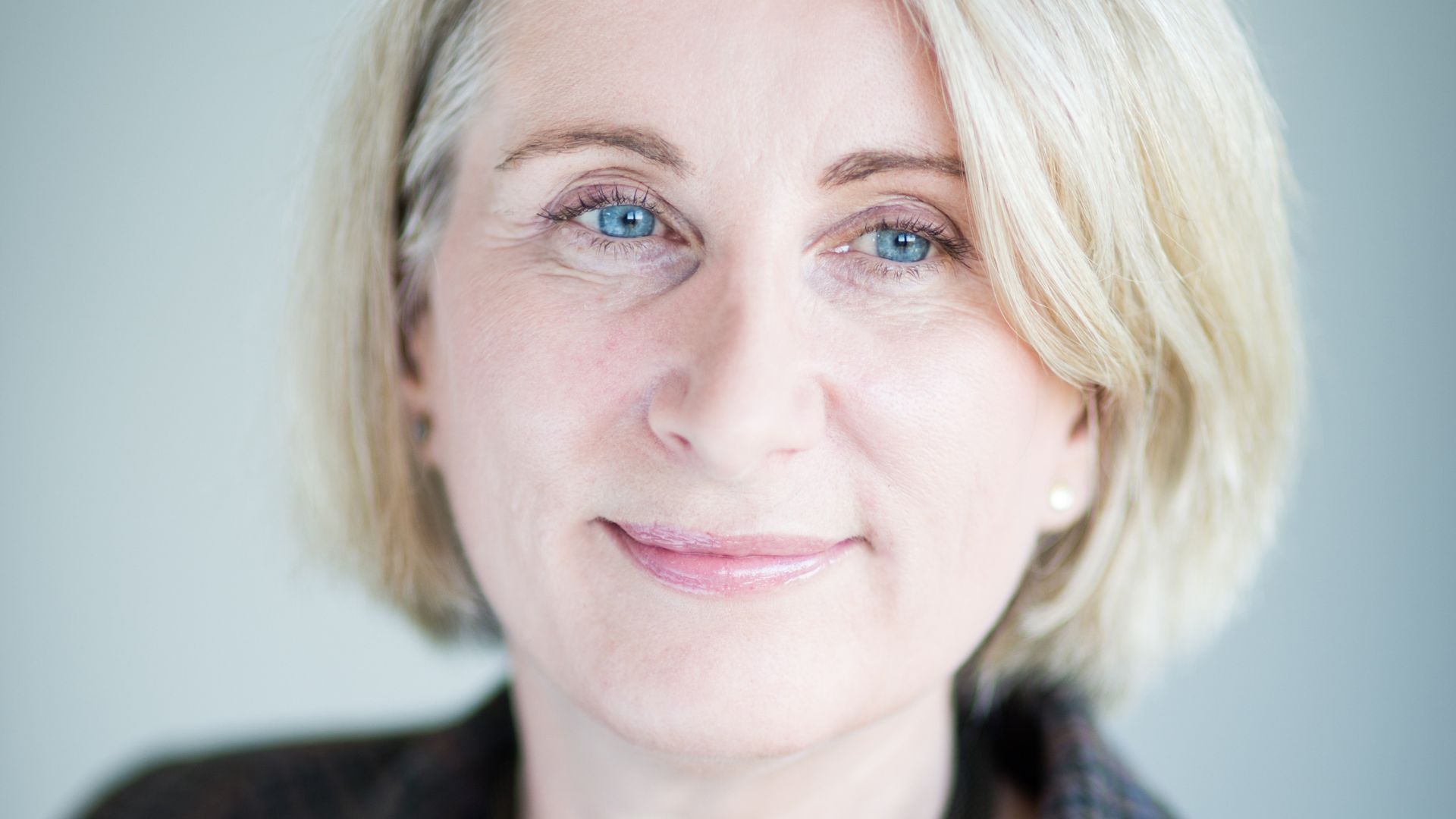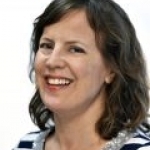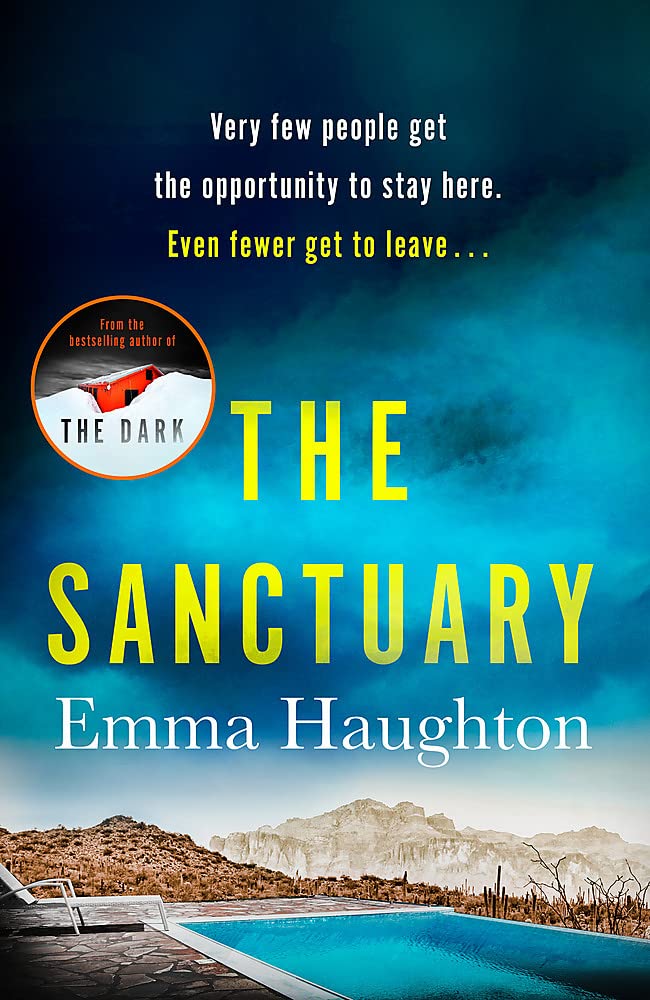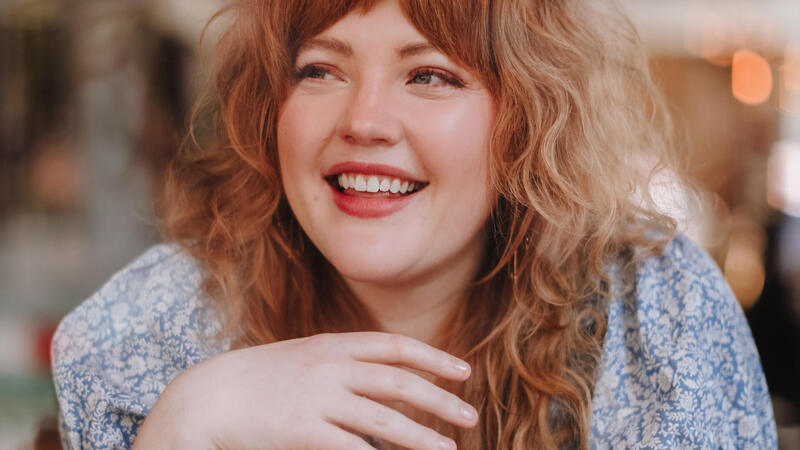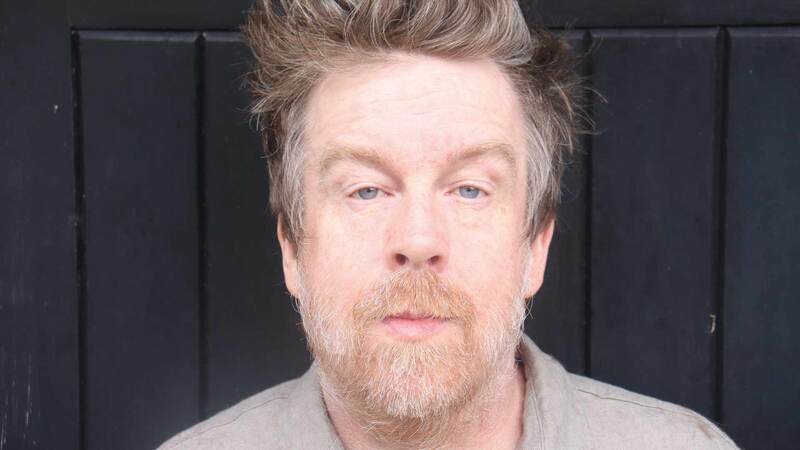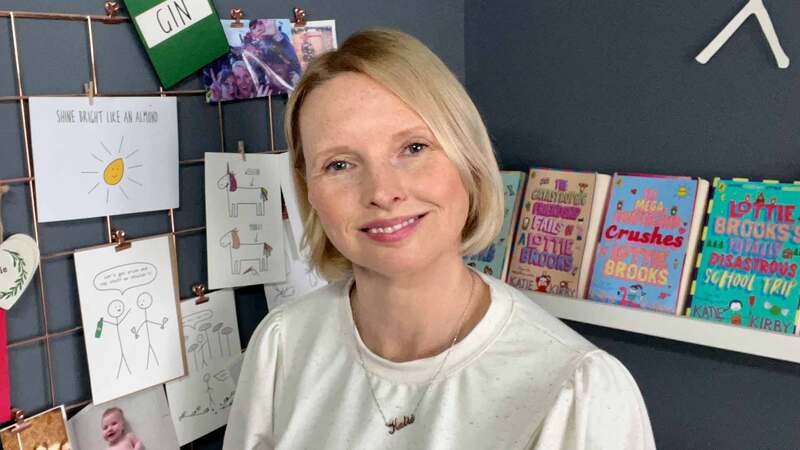You are viewing your 1 free article this month. Login to read more articles.
Emma Haughton, locked room thrillers, challenging settings and character psychology
Emma Haughton returns with a locked-room thriller in a remote Mexican setting.
"I’m always very concerned about the reader’s journey through a book; what I want readers to think and feel at various points. I’m always trying to see it from that perspective—if I were reading, what would be the big questions in my mind? How could I pose more questions, how can I make it even more tense for the reader?”
The Sanctuary is Emma Haughton’s second locked-room thriller, following her bestselling adult début The Dark, and begins with a young woman waking up in unfamiliar surroundings with a pounding headache and a rising sense of panic. She has no idea where she is—a small, whitewashed room on a narrow bed—and the last thing she can remember with any certainty is a big night out in New York with friends. The view from the window of her room reveals nothing but miles of dry, red earth in every direction.
I very much wanted the location to challenge the characters, particularly the main character, so she is not just facing the fact that there’s a killer, she is facing the dangers that a desert can throw up
Over lunch near her home in Dorset, Haughton says it was this intriguing situation—“This idea of waking up somewhere and having no clue where you were”—that came to her first when she was thinking about a follow-up to The Dark. “I love a slow, character-led way into a story, so I try to resist pressure to suddenly have a dead body. That’s why it was really important to me that that first chapter worked as a hook to pull people into the story, because if you’re not going to have a dead body straight away, you’ve got to have something else quite compelling.”
The hook is enticing, but what makes The Sanctuary really stand out is the setting. In the novel, Zoey discovers that she has been admitted to a luxurious “therapeutic refuge” deep in the Mexican desert, known as the Sanctuary. But unlike her fellow residents, she is not ultra-wealthy—the Sanctuary can be accessed only via helicopter and a 10-week course of treatment is $125,000. So how did Zoey get there, and who has paid for her stay?
While Zoey is not exactly a prisoner, she discovers, after an early, doomed escape attempt on foot, that the conditions in the Mexican desert mean she cannot leave. “As with The Dark, [which was set on a remote research station in Antarctica], I very much wanted the location to challenge the characters, particularly the main character, so she is not just facing the fact that there’s a killer, she is facing the dangers that a desert can throw up,” says Haughton. “It’s about having the location not simply as a backdrop, but as an active element in the plot.”
In some ways I design the plot to hold a mirror up to the main character—it will confront them with the things they need to face in order to move on
Zoey also doesn’t believe that she has an addiction problem, unlike the Sanctuary’s other residents—among them a trustafarian with aspirations to be an anarchist activist, the scion of a Big Pharma billionaire family and a film star. But just as the Sanctuary’s residents (and the mysterious staff) are keeping secrets, so too is Zoey. As flashes of her “night before” start to come back, it becomes clear that she has been in denial about her past. When the Sanctuary offers an Ayahuasca ceremony as part of the therapy programme, things take a dark turn…
Cold comfort
Interestingly, Haughton says she didn’t plan to write a locked-room thriller per se with The Dark (which sold in nine international territories and was the subject of a seven-publisher auction in Germany), she just realised the “enormous potential” of a thriller set in Antarctica. She’s not sure if she will continue in this vein: “You start to run out of situations! They are very popular, so it’s going to become increasingly difficult to think of something that nobody else has…I think it will reach saturation point. I wouldn’t want to get stuck just doing [locked room thrillers].”
I thought you had to be born with inner genius and [have] always felt compelled to be a writer
Haughton began her career as a novelist with a trio of YA thrillers for Usborne and she switched to writing thrillers for adults “for quite prosaic writer business reasons really. YA in the UK is a very small market, very dominated by US authors, increasingly dominated by celebrity writers”. She always writes in the first person with a central protagonist, so “if they’re young, you’ve got all sorts of constraints—parental control, schools, etc. In the adult world it’s much easier to plot because you haven’t got to be constantly thinking, ‘How do I give this kid agency?’”
She credits writing those first YA novels with really giving her a “focus on pace” and an understanding of the crucial importance of hooks. “It was a good audience to write for, in as much as you’ve really got to learn how to capture the reader’s attention and hold it through a story.”
Prior to that, she was a journalist, first with a trade magazine and then later, after the birth of her second child (she has four grown-up children now), freelance writing for the nationals, most regularly for the Times Travel section—which possibly explains her ability to write so vividly about the far-flung locations in her books. She also trained as an NCT teacher and it was her first client, who worked for a publisher of non-fiction books for schools, who asked Haughton if she fancied trying her hand at non-fiction, which led her to write a series of factual books on health topics for younger readers.
Haughton had always wanted to write fiction, but was put off by various internal beliefs about the “right” way to do it. “I didn’t really understand that it was an apprenticeship. I thought you had to be born with inner genius and [have] always felt compelled to be a writer. Now I think that’s just daft, one of those myths, like ‘You have to write every day.’ Of course you don’t! It doesn’t mean you’re not a writer.”
As a crime reader, the authentic storytelling is important to Haughton, rather than the killer twist. “I really admire Sabine Durrant, I love her slow-burn style, the relentless psychological focus.” Of her own writing, she says: “I’m very interested in psychology and the role of subconscious motivation and how it governs our lives. So in terms of main characters, I’m always intrigued by the underlying psychology that has led them to be where they are. In some ways I design the plot to hold a mirror up to the main character—it will confront them with the things they need to face in order to move on.
“All good crime fiction is very psychologically based because it’s about the limits of human nature, I suppose,
and how people behave when things go terribly around them. I’m less interested really in what motivates a killer than what motivates the people who have to deal with the results of the crime.”

